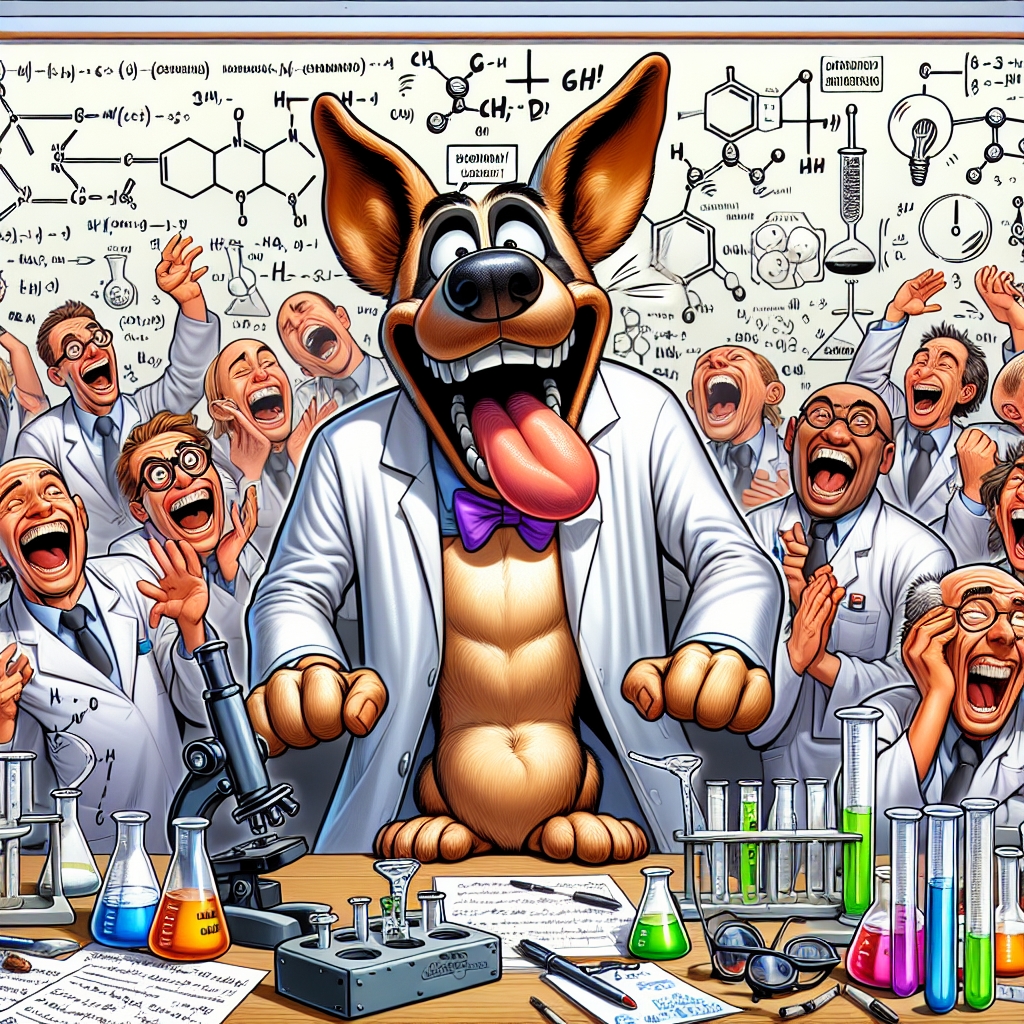Have you ever found yourself in stitches from laughter while watching a silly animated dog on screen? You’re not alone. There’s something about the antics of these lovable cartoon canines that just tickles our funny bones, leaving us in fits of giggles. But have you ever wondered why we find them so hilarious? Let’s delve into the science behind why we can’t stop laughing at this animated dog.
The Power of Animation
Animation is a powerful tool that allows creators to exaggerate movements and expressions, making characters incredibly dynamic and engaging. Animated dogs are often depicted in humorous situations with over-the-top reactions that are designed to evoke laughter. The sheer absurdity of these scenarios, coupled with the flexibility of animation, creates a perfect storm for comedy.
The Human-Animal Connection
Humans have a special relationship with animals, particularly dogs, that dates back thousands of years. Dogs are known for their loyalty, silliness, and unwavering love, making them perfect companions for both real life and animated adventures. When we see animated dogs exhibiting human-like behavior, it triggers a sense of familiarity and connection that can elicit a strong emotional response, including laughter.
The Element of Surprise
One of the key ingredients of comedy is surprise. When an animated dog does something unexpected or out of character, it catches us off guard and triggers a spontaneous burst of laughter. Whether it’s a quirky facial expression, a bizarre sound effect, or a hilarious physical gag, the element of surprise keeps us on our toes and keeps us coming back for more laughs.
The Role of Dopamine
Laughter is a natural response to humor that is deeply ingrained in our biology. When we laugh, our brain releases dopamine, a feel-good neurotransmitter that reinforces positive behavior and creates a sense of reward. Animated dogs stimulate our brain’s pleasure centers, triggering the release of dopamine and making us feel good. This positive reinforcement encourages us to continue laughing and seeking out similar sources of amusement.
Conclusion
So, the next time you find yourself unable to contain your laughter at the antics of an animated dog, remember that there is a scientific explanation behind your mirth. From the power of animation and the human-animal connection to the element of surprise and the role of dopamine, there are many factors at play that make these lovable cartoon canines so irresistibly funny. Embrace the joy and laughter they bring into your life, and don’t be afraid to let out a hearty chuckle or two.
FAQ
Why do animated dogs make us laugh?
Animated dogs make us laugh due to a combination of factors, including the power of animation to exaggerate movements and expressions, the human-animal connection that triggers a sense of familiarity, the element of surprise that catches us off guard, and the release of dopamine in our brains that reinforces positive feelings.
What makes animated dogs so funny?
Animated dogs are funny because they are often depicted in humorous situations with over-the-top reactions that are designed to evoke laughter. Their silly antics, quirky behavior, and endearing personalities make them irresistible to audiences of all ages.
Why do we find animated dogs relatable?
We find animated dogs relatable because they exhibit human-like traits and behaviors that mirror our own experiences. From their loyalty and playfulness to their silliness and antics, animated dogs tap into universal emotions and themes that resonate with viewers on a personal level.








+ There are no comments
Add yours